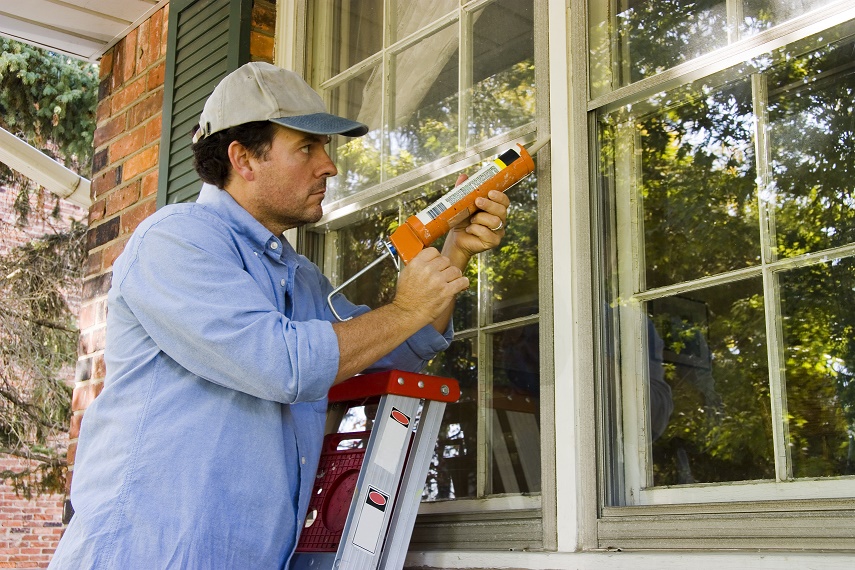 The weather has cooled, the humidity has dropped, and the holidays are just around the corner. Daylight savings time has ended which means we’ll soon be covering up the pool and putting away the lawnmower. You can increase your home energy cost savings by adding these simple tasks to your winterizing checklist.
The weather has cooled, the humidity has dropped, and the holidays are just around the corner. Daylight savings time has ended which means we’ll soon be covering up the pool and putting away the lawnmower. You can increase your home energy cost savings by adding these simple tasks to your winterizing checklist.
Maintain Your Heating System
Just like a car, heating systems need periodic tune-ups to run efficiently. Call a licensed technician now before the weather turns cold because that’s when others will be calling if they find their system isn’t working when they need it the most. Before you schedule a maintenance visit, check to see if your utility provider or furnace manufacturer offers free or discounted check-ups.
If you find your heating system is outdated or beyond repair, the energy efficiency savings of a new system will make up for the cost in a shorter time than you might imagine. Click here to start your research on the best type of heating system for your home and budget. Save your receipts for tax season when you’ll be able to take advantage of home energy credits for qualified heating systems which can cover up to $500 of the cost, and even more if you install solar equipment.
Change Your Filters
Dirty HVAC filters are a real drain on your system. Everything has to work harder because of the restricted airflow. Monthly air filter changes can reduce home energy costs by 5%-15% but the trick is remembering to do it. Put it on the household calendar every month, or set a recurring reminder in your digital calendar. Disposable filters are not expensive, but you can save some money by using a permanent electrostatic filter (also known as a washable filter). These filters last about 5 to 10 years when rinsed (and dried thoroughly) once per month. Some are even machine washable. Click here for more information on the different types of air filters available for today’s home heating systems.
Dodge the Drafts
According to the U.S. Department of Energy, drafts can put a 5% to 30% drain on your home energy efficiency by allowing heat to escape and depending on the location of the draft, fool your thermostat.
Your first step should be finding the drafts which usually occur around windows and doors, near chimneys, and around plumbing and wiring entrances and exits. You can find larger gaps at night by shining a flashlight around doors and windows while a friend observes from outside. If you can pull out a dollar bill that you’ve shut in a window or door frame without yanking, you’re losing energy. Another way to identify gaps is to observe a candle from inside while a friend blows air towards you from outside using a hairdryer aimed at window and door frames.
Installing weather stripping around windows and doors, or caulking where air leaks are found in cracks and joints will have an immediate impact on your home energy costs. Attach a door sweep at the bottom of your exterior doors, including the door to the garage, or create your own draft-dodger by filling a long tube of material with sand or even kitty litter.
Run Ceiling Fans in Reverse
A popular cooling feature in many homes, ceiling fans can be put to good use during the winter months. Look for the switch that reverses the direction of the blades to push down warmer air that pools at the ceiling. This simple trick can trim your heating costs by as much as 10%.
Turn Down the Water Heater
During a typical conventional water heater installation, the default temperature is set to 140° Fahrenheit. Reducing this to 120° degrees can cut your water heating costs by up to 10%. Check out this infographic for everything you need to know about water heating from the U.S. Department of Energy.






